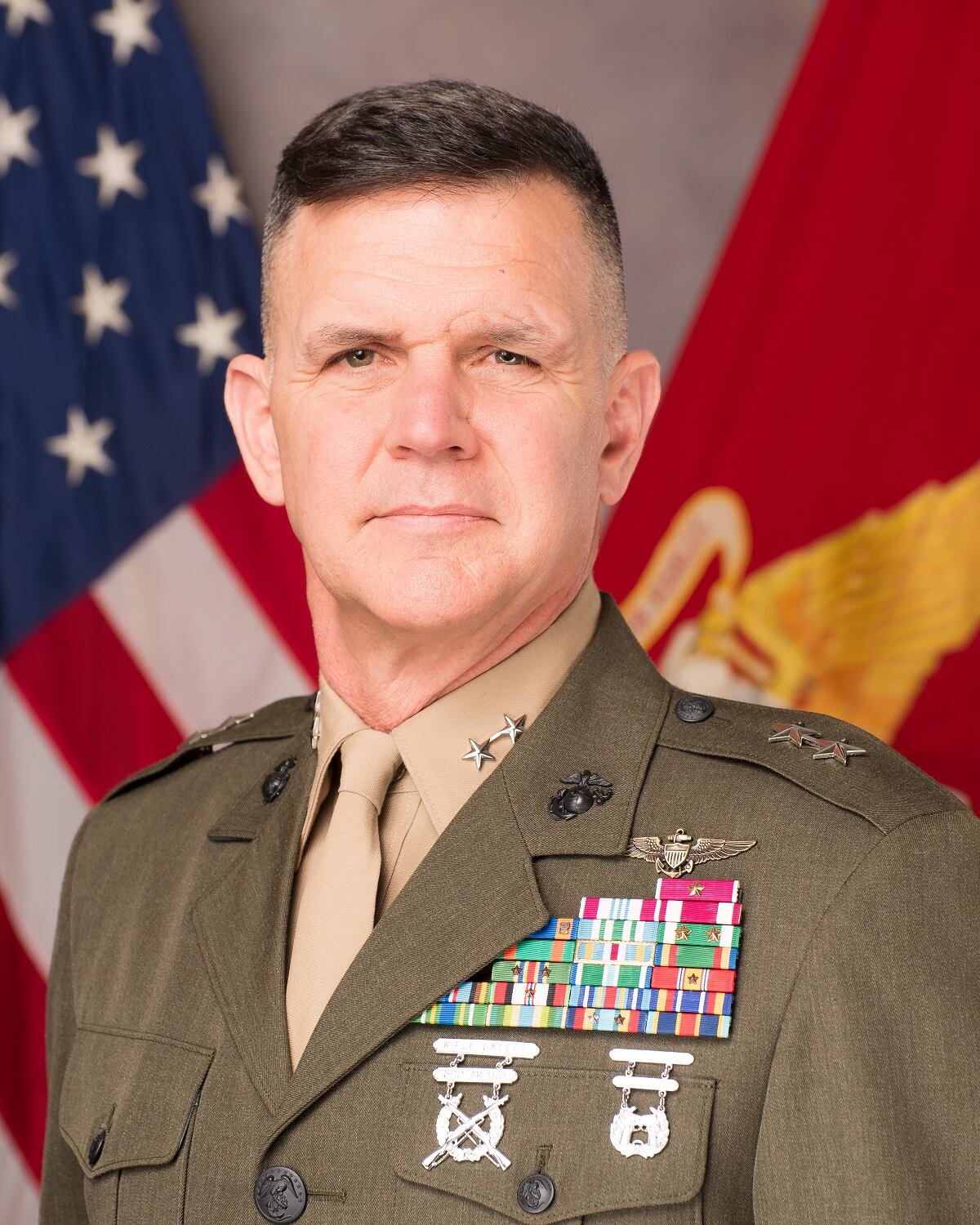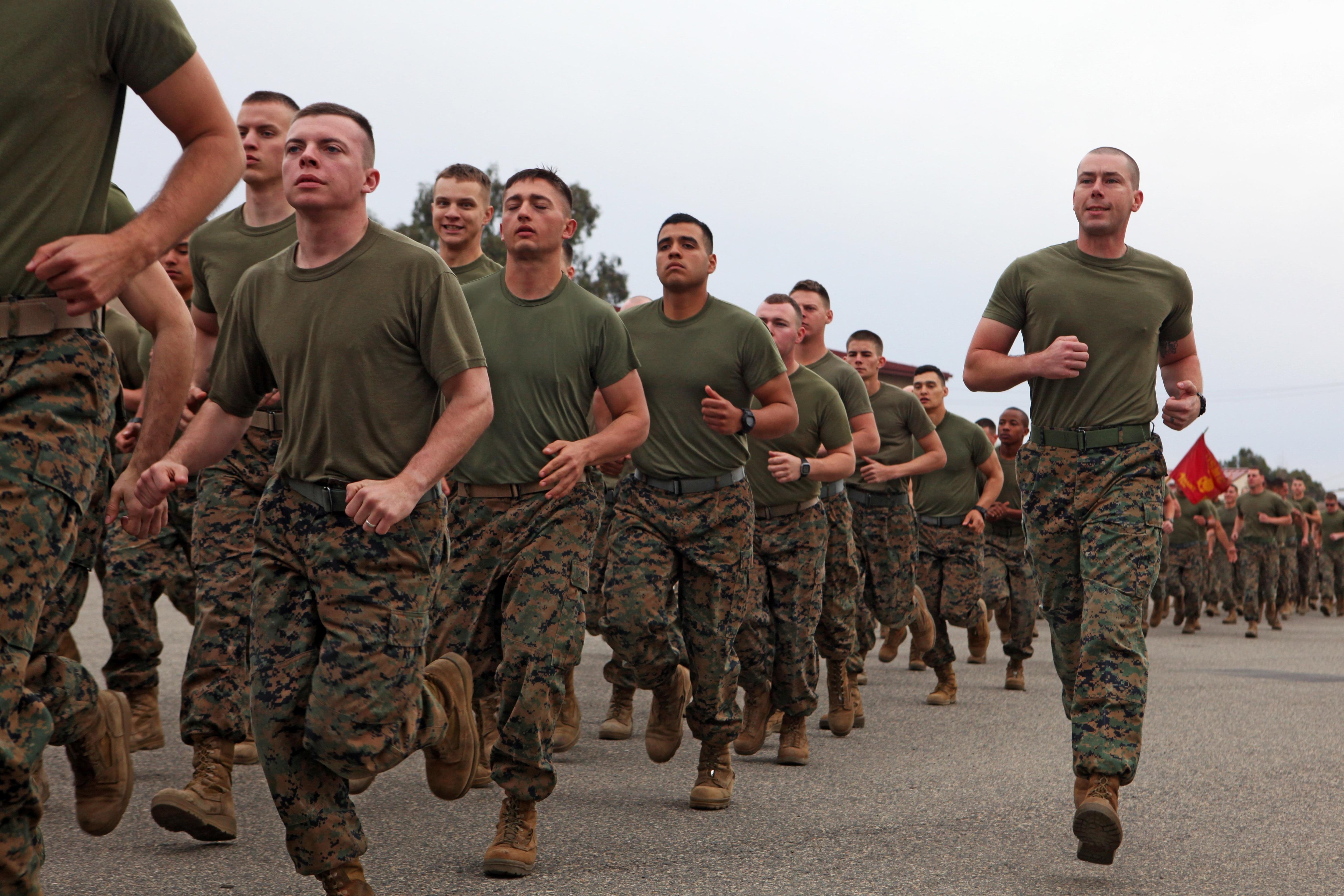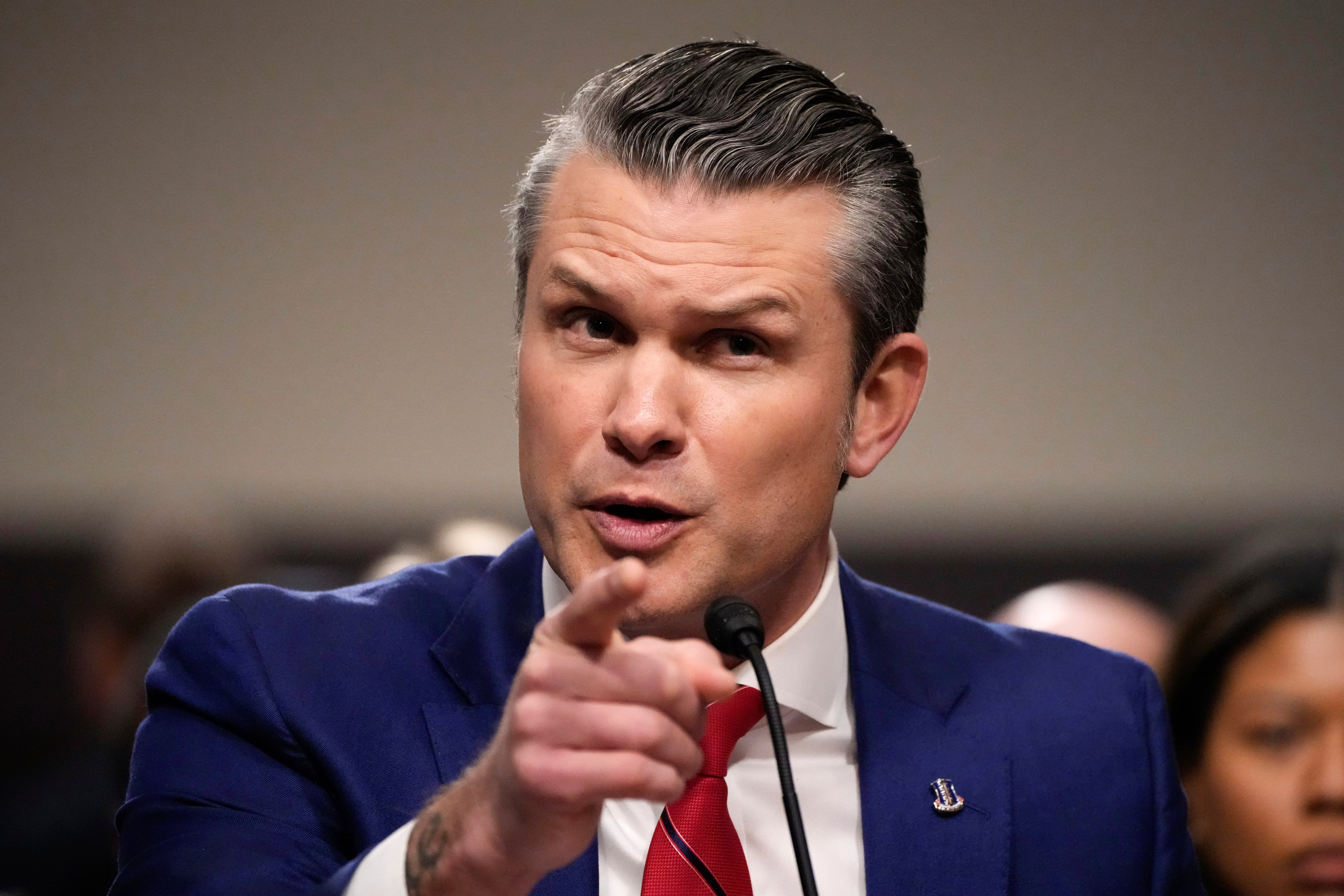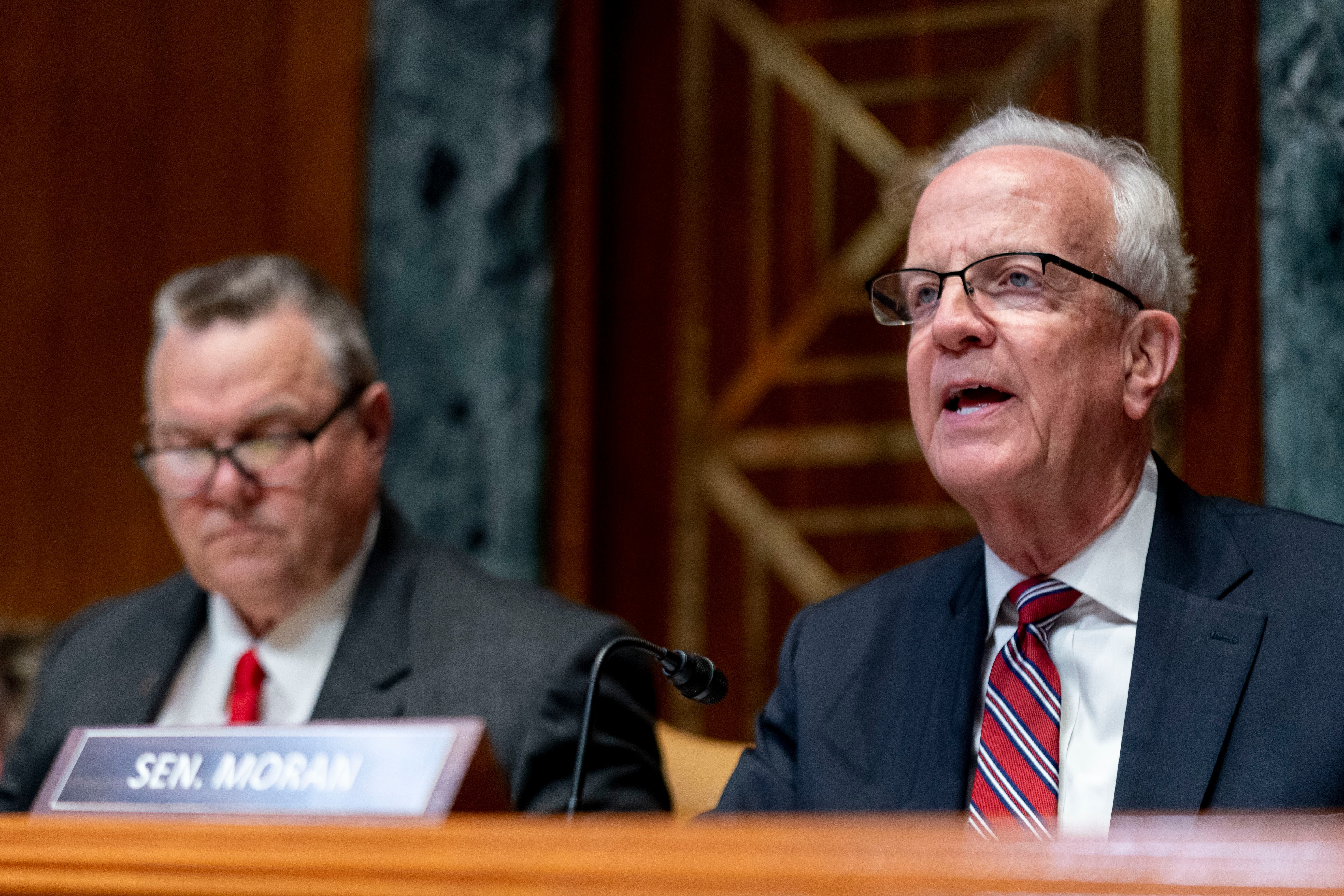A Marine Corps general has a stark message for defense and national security circles: World War II, one of the nation’s greatest strategic victories, has become the United States' greatest strategic weaknesses.
And that’s because even though many military and national security experts warn that a real fight or global conflagration is not only possible but likely, the way industry and government teamed up to mobilize the nation for World War II cannot be replicated today, Maj. Gen. John Jansen told a group of defense professionals at a National Defense Industrial Association breakfast Tuesday.
Jansen, commandant of the Eisenhower School at the National Defense University, explained that the standard view of America in World War II goes like this: Japan hit Pearl Harbor, we fired generals, mobilized our industrial base and service members, grew the military, and won the war.
“The problem is, number one, that’s not how it happened,” Jansen said.
Years before the attack by the Japanese military, major changes unfolded in how businesses could work with government, thawing restrictions put into place after World War I. The four-year period from 1936 to 1940 set up a platform for industry and mobilization.
And it wasn’t until Dunkirk, when nearly all the British Army was stranded and faced annihilation, that the war got the attention of the U.S. public, even after years of global problems — from Asia to Poland’s dissolution to blitzkrieg attacks by the Nazis.
That same problem exists for policymakers now.
“The degree to which the American people believe that this is a problem right now is in question,” Jansen said.
The current day problem is that the United States doesn’t have four years to figure that out, Jansen said.
“We’re not going to have time to sort it out, wait and watch things and decide when to get in,” Jansen said. “And we may be on the leading edge of the next one.”
To that end, Jansen and his colleagues at the Eisenhower School recently convened at a two-day conference to address key concerns for national mobilization strategy. Such a strategy effectively stopped being considered in the 1990s following the collapse of the Soviet Union, and Jansen said that defense circles practically quit teaching such strategy in 2005.
Three areas emerged from the conference:
1) Make the defense industrial base viable.
2) Secure the national security innovation base.
3) How can the nation scale both the industrial base and the innovation base should deterrence in major conflict fail?
The industrial base is not currently primed to provide the materials and technology at scale that would be needed in a large-scale conflict.

The primary thrust of innovation is base prosperity. Silicon Valley has taken over technological development and that has also created a diaspora of development outside of the United States. In previous generations, tech advancements came from the government, think satellites, the Internet and advancements in other areas of electronics. Those government driven advancements created both security and prosperity. That is out of balance now, he said.
And the idea that the U.S. could rapidly adapt to unfolding tech gaps, such as advancements the Chinese have made in quantum computing and artificial intelligence, or the claimed breakthroughs in hypersonic weaponry made by the Russians, is misguided, Jansen said.
Jansen and his colleagues have not yet briefed Secretary of Defense Jim Mattis on their takeaways, so he said he couldn’t share many details during the public talk.
But the two-star said that the key takeaway that came from their analysis, which is a starting point to addressing mobilization problems, was first to answer a question: “We just need to decide this as a nation. Are we going to organize or not?”
Todd South has written about crime, courts, government and the military for multiple publications since 2004 and was named a 2014 Pulitzer finalist for a co-written project on witness intimidation. Todd is a Marine veteran of the Iraq War.





